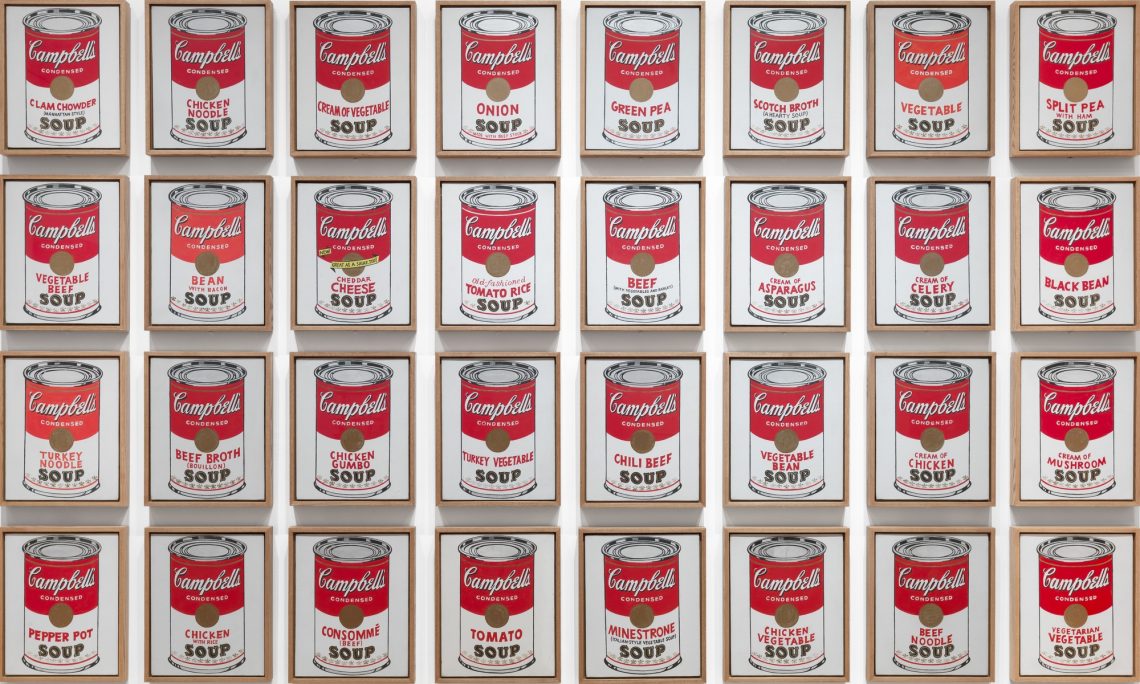
What is Pop Art? Key Artists, Characteristics, & Cultural Impact
What is Pop Art?
Pop art emerged in the mid-20th century as a bold reaction to the dominance of abstract expressionism. Characterized by its playful, often ironic use of popular culture imagery, pop art challenged traditional notions of fine art. This artistic movement celebrated mass production, advertising, and everyday objects, elevating them to the status of high art.
Key Characteristics of Pop Art
- Bold and Bright Colors: Pop art is renowned for its vibrant color palette, which is often used to create striking visual contrasts.
- Everyday Imagery: Artists drew inspiration from comic strips, advertising, and product packaging, transforming mundane objects into iconic symbols.
- Irony and Satire: Pop art often employed irony and satire to critique consumer culture and mass media.
- Large Scale: Many pop art pieces are characterized by their impressive size, which commands attention and reinforces the movement’s connection to popular culture.
Pop Art Mediums
Pop art artists experimented with a variety of mediums, but some became synonymous with the movement
- Silkscreen: This technique allowed for mass production of images, mirroring the industrial nature of pop culture. Andy Warhol was a master of this medium.
- Painting: Traditional painting techniques were employed to create iconic images, often with bold outlines and flat colors.
- Assemblage: Combining found objects with painted elements, pop artists created three-dimensional works that challenged the boundaries of art.
- Sculpture: Pop art sculptures often incorporated everyday objects or enlarged versions of familiar items.
Pop Art Icons
Several artists are credited with defining the pop art movement:
- Andy Warhol: Known for his iconic portraits of Marilyn Monroe and Campbell's Soup cans, Warhol was a leading figure in pop art.
- Roy Lichtenstein: His comic strip-inspired works, characterized by Ben-Day dots, became synonymous with pop art.
- Rosalind Fox Solomon: Known for her bold and colorful paintings, Solomon explored consumer culture and female identity through a pop art lens.
- Yayoi Kusama: While often categorized as an abstract artist, Kusama's work incorporates elements of pop art, particularly in her use of repetition and pattern.
- Claes Oldenburg: Oldenburg's monumental sculptures of everyday objects transformed the mundane into the extraordinary.
- David Hockney: Although associated with the pop art movement, Hockney's work also incorporated elements of realism and abstraction.
- Tom Wesselmann: Known for his still-life paintings featuring everyday objects like cigarettes and cars, Wesselmann was a key figure in pop art.
Pop Art's Influence
- Contemporary Art: Pop art's emphasis on consumer culture and mass media continues to resonate with contemporary artists, who often incorporate pop art elements into their work.
- Street Art: Many street artists draw inspiration from pop art's bold imagery and use of public spaces to create their own form of urban art.
- Fashion: Pop art motifs, colors, and patterns have been incorporated into clothing and accessories, reflecting the movement's influence on popular culture.
Pop Art and the Art Market
Pop art has become a highly sought-after category in the art market, with auction records consistently being broken for iconic works. The popularity of pop art has led to a thriving secondary market, with collectors eager to acquire pieces by established and emerging artists.
Additional Resources:
© 2024 Andy Warhol Foundation / ARS, NY / TM All rights reserved.